The material of your pneumatic fittings impacts more than just cost—it determines corrosion resistance, strength, longevity, and compatibility with specific applications. Two of the most common materials are brass and stainless steel, and understanding the strengths and limitations of each will help you make the right choice for your system.
Brass Pneumatic Fittings
-
Advantages:
-
Cost-effective and easy to machine
-
Good corrosion resistance in dry air and non-aggressive environments
-
Malleable and easier to seal with tapered threads
-
Great thermal conductivity for temperature-sensitive applications
-
Best Used In:
-
General industrial automation
-
Home or garage compressed air setups
-
Light-duty machinery
-
Limitations:
-
Can corrode in marine or acidic environments
-
Less durable under high-stress or high-vibration conditions
Stainless Steel Pneumatic Fittings
-
Advantages:
-
Superior corrosion resistance, especially in harsh or wet environments
-
Higher tensile strength and durability
-
Ideal for washdown areas and hygienic applications
-
Best Used In:
-
Food processing, beverage, and pharmaceutical systems
-
Marine and chemical processing environments
-
High-pressure or vibration-prone installations
-
Limitations:
-
More expensive than brass
-
Requires specialized tooling for machining and installation
Brass vs. Stainless Steel: Feature Comparison
|
Feature |
Brass Fittings |
Stainless Steel Fittings |
|
Corrosion Resistance |
Moderate |
Excellent |
|
Cost |
Lower |
Higher |
|
Strength |
Moderate |
High |
|
Hygienic Suitability |
Low to moderate |
High |
|
Weight |
Lighter |
Heavier |
Choosing Based on Environment:
-
Forindoor, non-corrosive environments → Brass is generally sufficient.
-
Forcleanrooms, outdoors, or marine settings → Stainless steel is recommended.
Summary:
While brass fittings are excellent for standard, cost-sensitive applications, stainless steel fittings are better suited for environments where hygiene, corrosion, and mechanical strength are concerns. Match the fitting material to the demands of your system to reduce downtime, ensure safety, and increase service life.


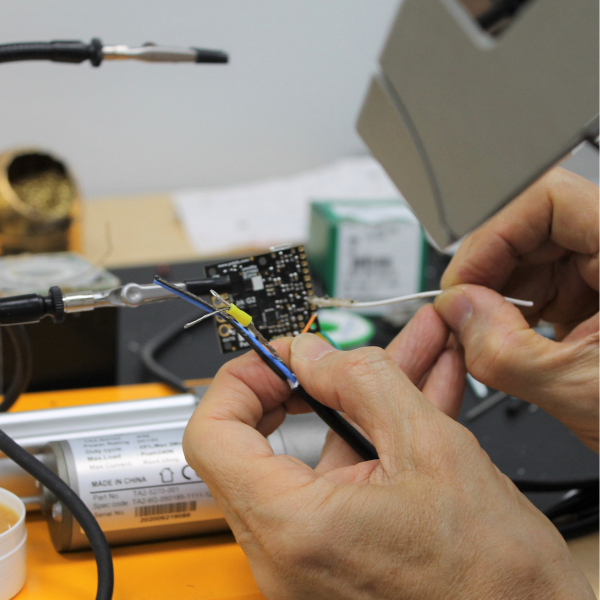
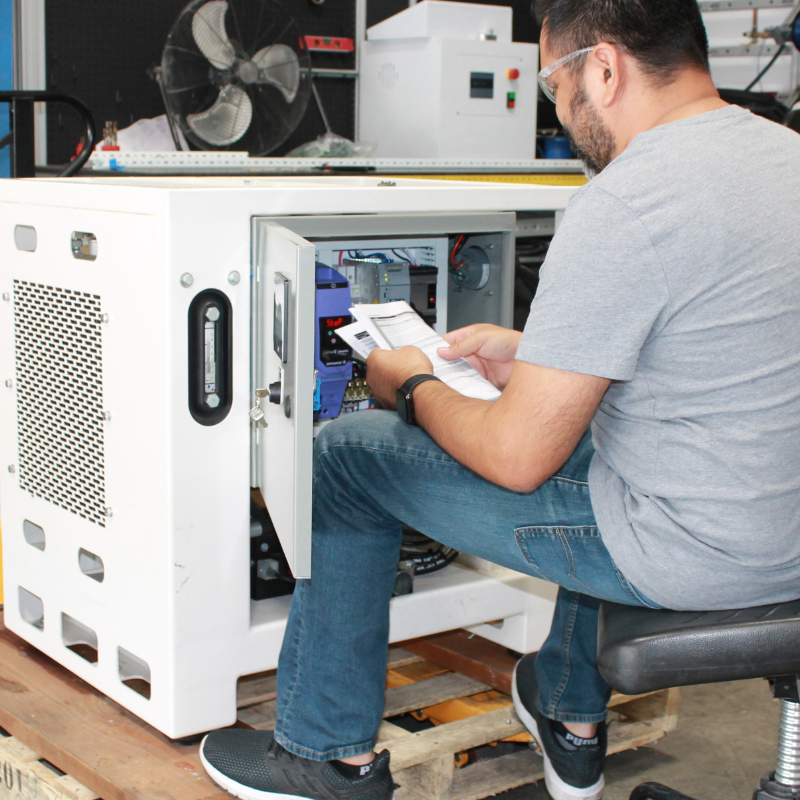
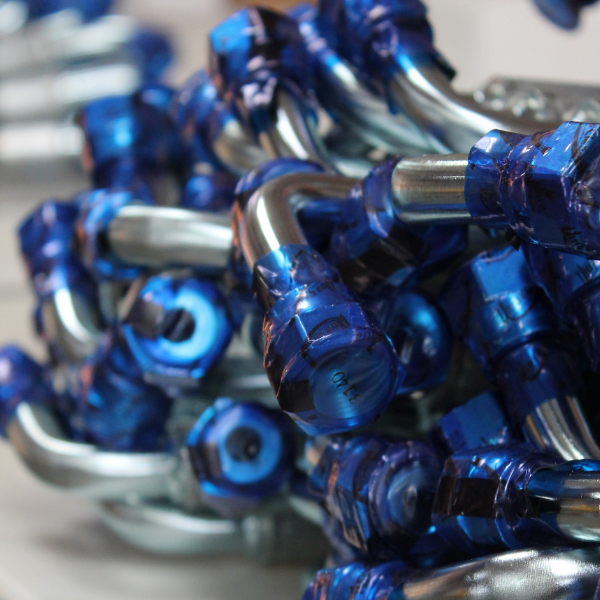
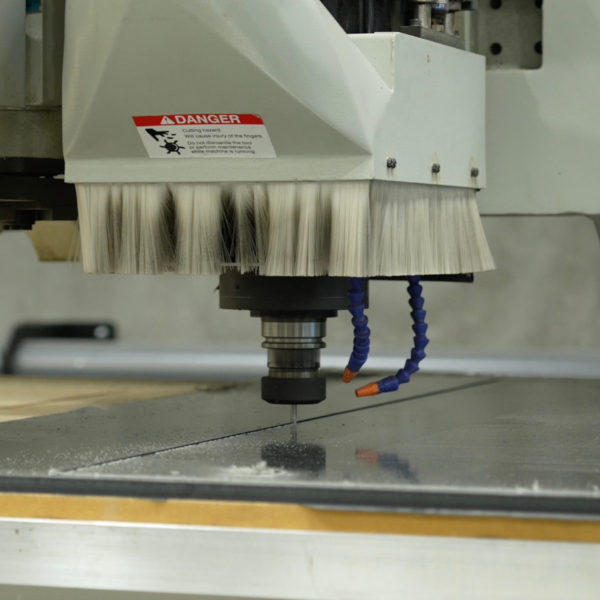
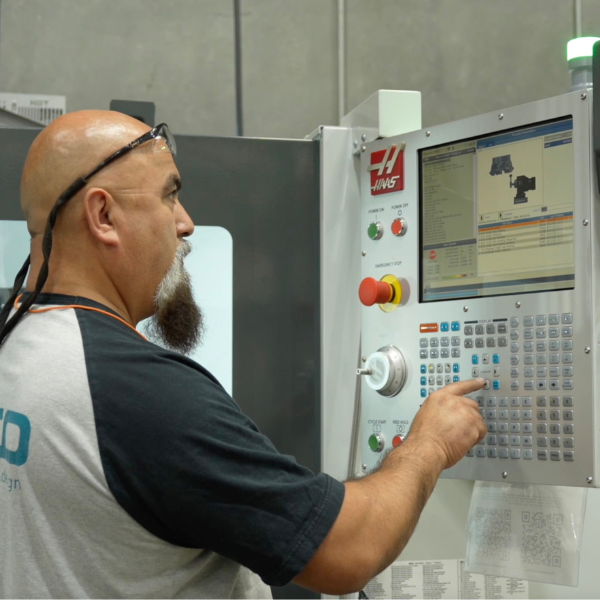



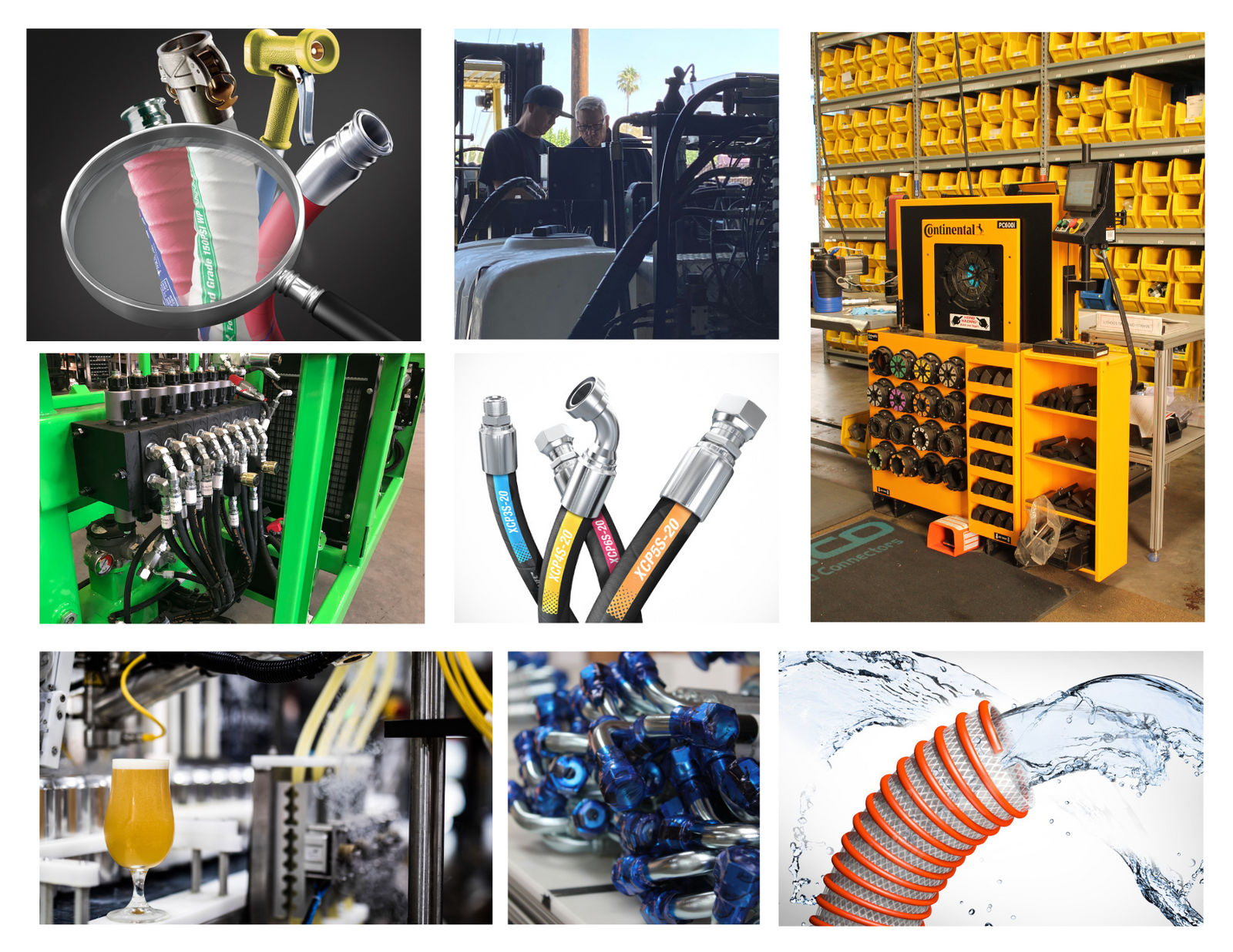
Leave a comment (all fields required)